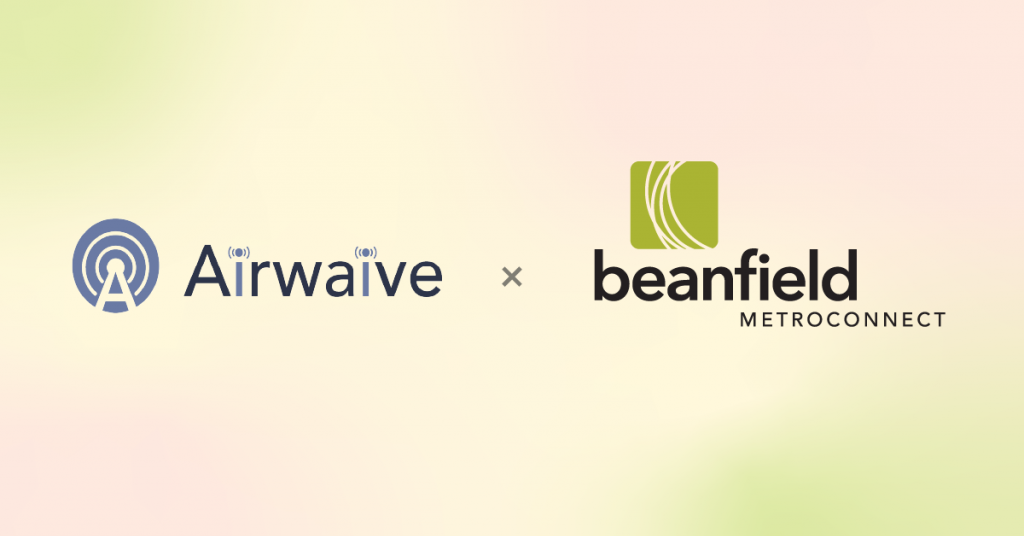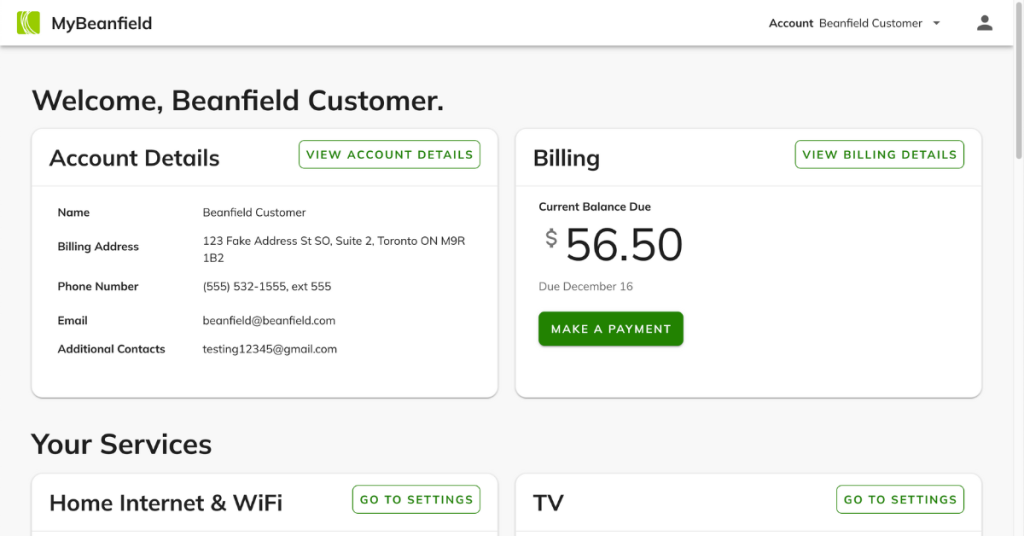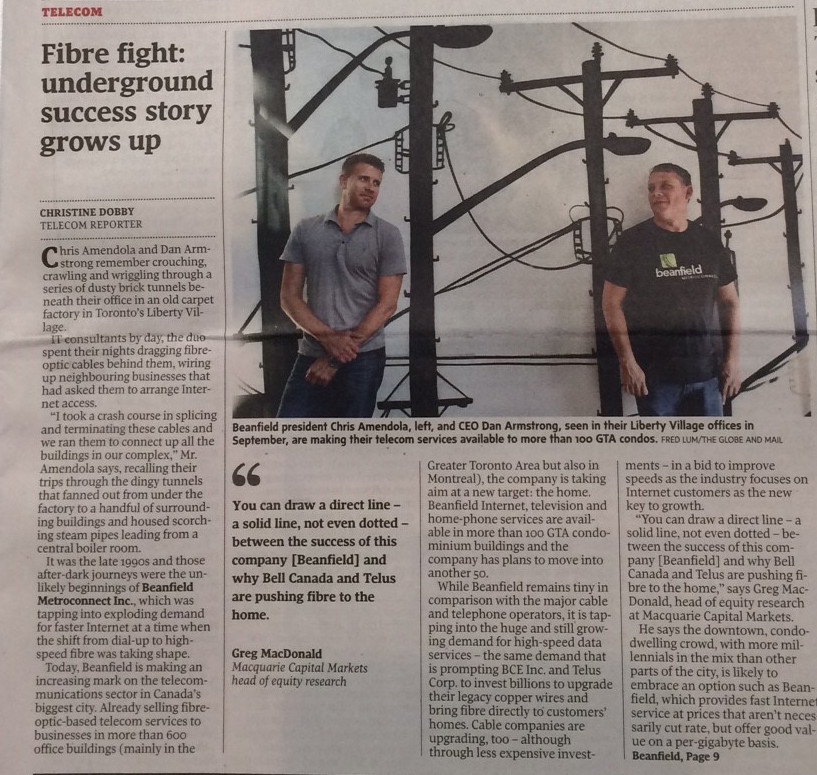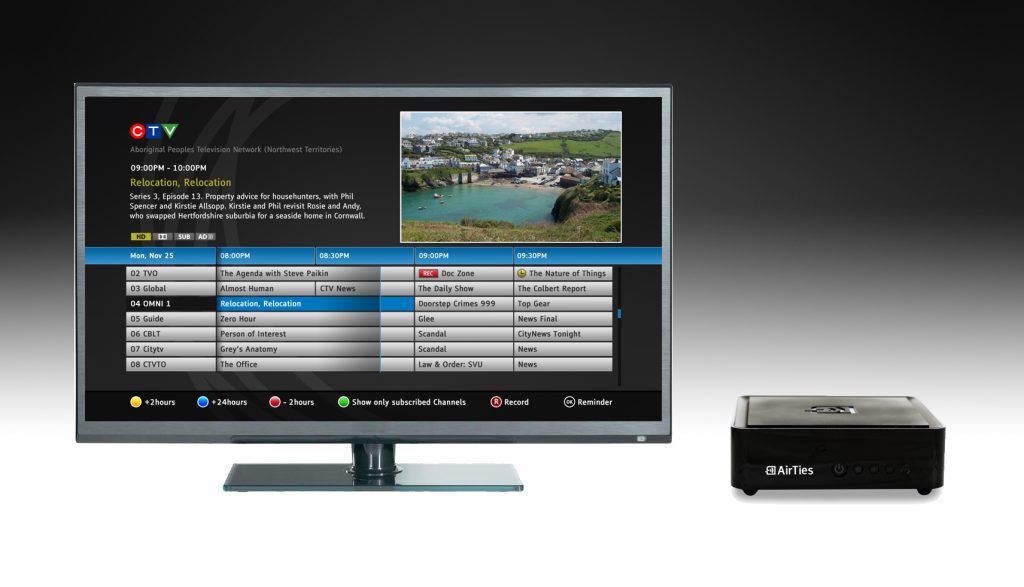Internet Protocol television (IPTV), Over-the-top (OTT), Over-the-air (OTA), Skinny Basic, Pick-And-Pay, Online-Only, Pick-Packs, Simultaneous Substitution, Canadian Content, Class A, Class B, Mandatory Carriage, Broadcast Distribution Undertaking (BDU), Vertically Integration (VI) Linear television, Content Regulation, Netflix, Google, CRTC, TV Everywhere (TVE), US 4+1, Pay-per-view (PPV), Video on demand (VOD), Described Video (DV), Cutting the cord.
What does it all really mean for you?
As someone who has spent the past two years immersed in launching beanfield TV, I followed the CRTC “Let’s Talk TV” hearings (and watched CPAC) more than I ever would have imagined. The CRTC started the conversation in 2013 as a part of a comprehensive review on how Canadians watch and pay for television. This culminated in two weeks of public hearings with different stakeholders. Most of the hearings were dull and uneventful but some were truly riveting…specifically the Netflix presentation (or maybe I’m just weird). The link for the Netflix presentation follows, in case you want to catch up on some of the more interesting moments. http://youtu.be/bQSGmO8RShw.
The hearings confirmed in part what we already know: consumers feel they pay too much for TV, and they don’t like to pay for channels they don’t watch. CRTC regulations and the content owners’ requirements have created the current environment and unraveling it will be a difficult process.
When we decided to launch a TV service, we wanted to do what we always do – keep services simple and focus on what customers want. We planned to offer customers a “super small” basic TV package (what the CRTC is now calling “Skinny” Basic) and allow users to choose only the channels they wanted. We weren’t going to force subscribers to pay for channels they didn’t want.
When we started creating our channel line up and packages, it soon became apparent how difficult it was to comply since we don’t own any of the content. As they say, the devil is in the details. CRTC regulations mandate TV service providers carry certain channels. Some basic regulations include the following:
- Local channels must be offered
- Mandatory channels in Basic to promote culture
- Specialty channel composition (1 French language for every 10 English language)
- Accessibility requirements (Described Video, Closed Captioning)
- Limitations on channels that we can carry
In addition to the CRTC regulations, we also had to consider the content owners and their packaging and penetration requirements, which also affected our offering to customers. Some of these requirements include the following:
- Minimum penetration levels (encourages channel inclusion in the Basic package)
- Penetration level pricing (encourages channel inclusion in the Basic and “Super packages”)
- Package size (minimum number of channels in a package)
- Package composition (include channels from other content owners)
I spent many a late night tweaking and adjusting packages to be compliant with both the CRTC and the content owners. We couldn’t offer a Skinny Basic package because we needed to know what we would pay for the content (the cost for certain content could vary by up to 500% depending on the penetration level). I decided to add a lot of the popular channels to our Basic package, while trying to keep Theme packs small – so customers wouldn’t feel they were paying for channels they didn’t want. We also had to launch without a few key channels simply because we couldn’t meet the content providers’ requirements for penetration and packaging. I considered including some “à la carte” channels for the TV service launch, but the proposition was too complex and would undoubtedly require multiple changes post-launch, so it was delayed until phase two.
Now, ten months after the launch of beanfield TV, we are in a much better position to offer customers the channels and packaging originally envisioned. We’re pleased to announce we’ve made some changes (effective Nov. 10th), highlighted below.
- A new “Premium Basic” package. This package allows us to offer channels we couldn’t previously due to some content providers’ requirements.
- Popular channels from Theme packs have been moved to Premium Basic to meet minimum penetration level requirements from content providers, and also offered à la carte when possible.
- Less theme packs and more channels in some packs.
- A price reduction on Theme packs (yes, that’s right, the price is reduced!).
- New à la carte channels starting from $2 per channel.
We’ve done our best to offer customers appealing packages without increasing their monthly costs. We’ll continue to add à la carte channels whenever possible to give customers more choice. We’re hoping these will be the final changes to our channel line-up until the CRTC releases their new regulations, which is imminent. The CRTC’s goal is to lower consumer costs while increasing consumer choice. Skinny Basic is coming. So is more à la carte channels.
How TV is delivered is definitely going to change but it’s not going to be easy. US content owners have warned that if they are not conceded penetration and package requirements, they will pull out of Canada and offer service via OTT or online only. Canadian content owners have warned the proposed changes will reduce the number of specialty channels, and result in lost jobs.
Will these changes lead to lower prices for consumers? I don’t think so. I believe consumers will pay what they are paying now, and only have access to the select content they want.
We will also see a reduction in the number of specialty channels. We’ll see more OTT providers like Netflix, where consumers can watch what they want, when they want. We will see more content providers offering their content directly to the consumer and they will be able to subscribe directly (via an App or online). Consumers are going to need faster Internet connections with unlimited data to take advantage of this changing landscape (exactly what we offer).
Although it sounds all doom and gloom for the old school television services, it isn’t. There will always be a place for linear television (sports events, news and live events). People will always want to turn off their brain and channel surf. There is something about flipping through your guide repeatedly and complaining “there is nothing to watch on TV”. At least, that’s the way I see it.
















